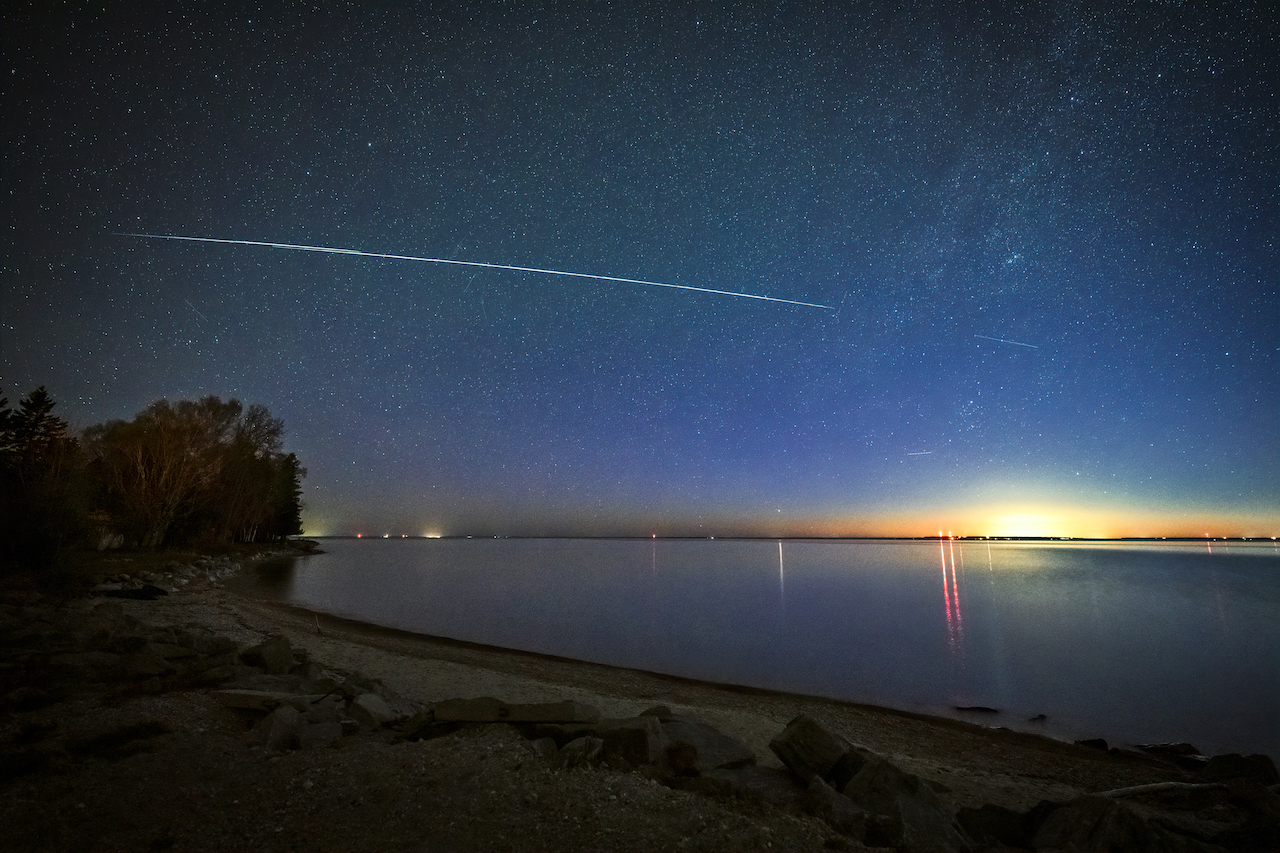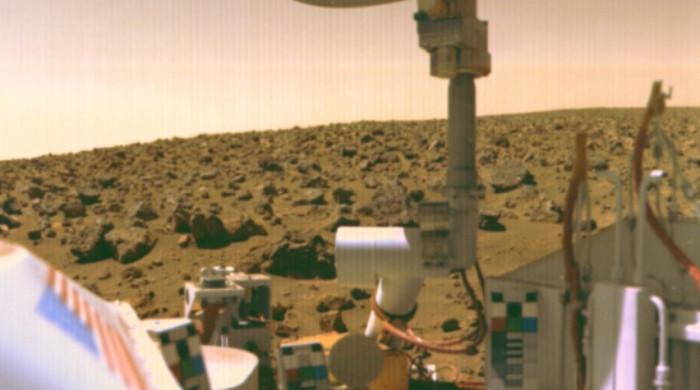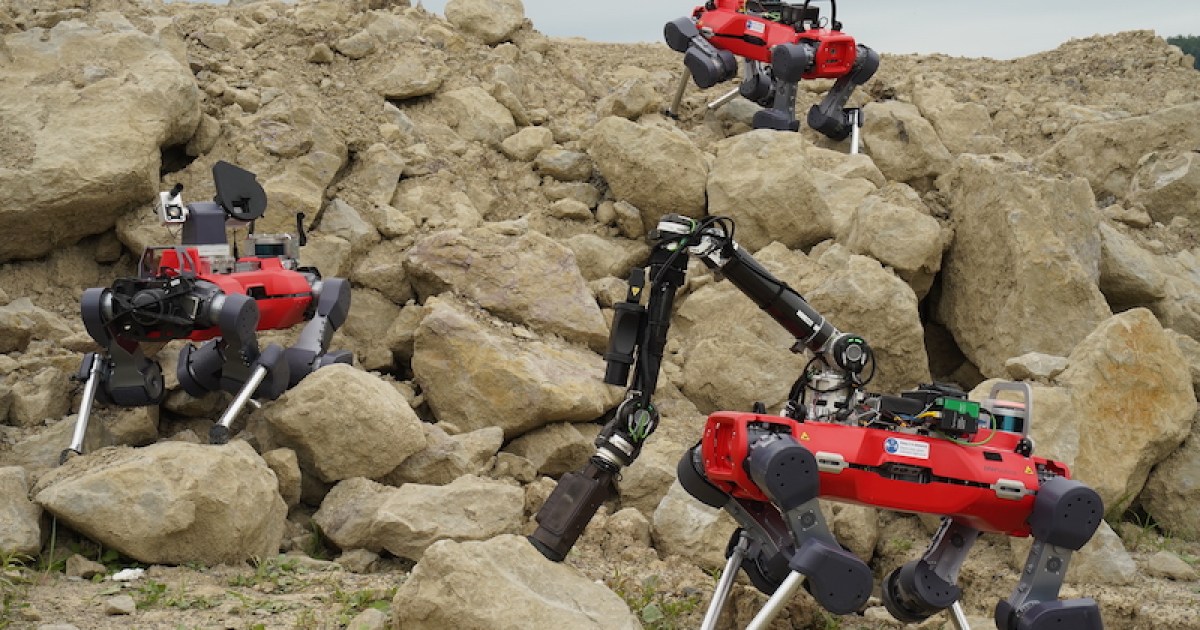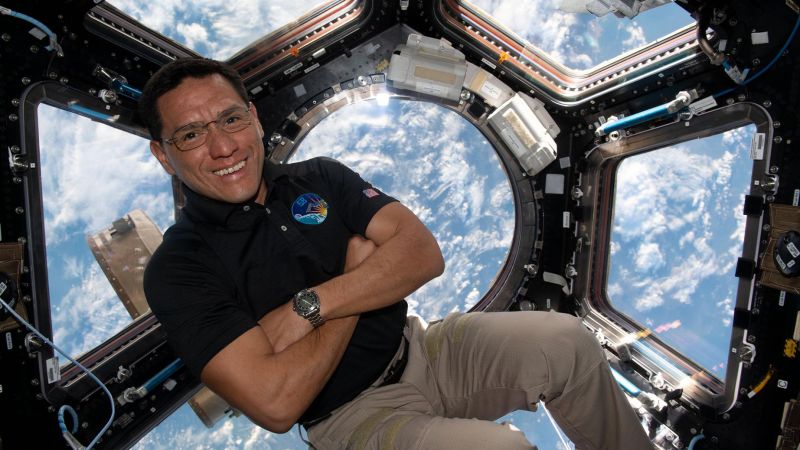The bubble is 10,000 times wider than the Milky Way galaxy and is located 820 million light-years from our galaxy.
An international team of astronomers has discovered the first “galactic bubble,” an unimaginably massive cosmic structure billions of light-years across that is thought to be a remnant formed shortly after the Big Bang.
The bubble is 10,000 times wider than the Milky Way galaxy, according to scientists who made the discovery and published their findings this week.
“This amazing bubble is a fossil from the time of the Big Bang 13 billion years ago when the universe was formed,” team member Cullan Howlett, from the School of Mathematics and Physics at the University of Queensland, said in comments published on Thursday.
“We weren’t looking for it, but its size was so large that it spilled over the edge of the part of the sky we were analyzing,” Howlett said in an interview published by the University of Queensland.
“It combines many of the known superclusters, such as the Sloan Great Wall and the Bootes supercluster, which is actually part of a bubble,” he said.
“What makes it even more unbelievable is that it’s right here in our backyard,” he added.
The bubble is located about 820 million light-years from our galaxy, in what astronomers call the nearby universe.
Howlett said the discovery provides a clear picture of the universe’s expansion rate, and the results could revolutionize cosmology.
“Our analysis suggests that because this bubble is larger than expected, the environment has expanded more than previously predicted,” he said.
“We are now approaching a major turning point in cosmology, where the entire model of the universe may need to be reexamined.”
‘No big deal’
Team member Daniel Pomarede, an astronomer at France’s Atomic Energy Commission, said the interstellar bubble can be thought of as a “spherical shell with a heart”.
Within that heart is the Bootes supercluster of galaxies, surrounded by a vast void sometimes called the “Great Nothing”.
The shell contains some of the largest clusters of galaxies known to science, including a massive structure called the Sloan Great Wall.
Pomarede said the discovery of the bubble, described in a study he co-authored and published in the Astrophysical Journal this week, was “part of a long scientific process”.
The discovery also confirms what was first reported in 1970 by the Canadian-American cosmologist – and future physicist Nobel Prize winner – Jim Peebles.
He hypothesized that in the early universe – then a hot plasma stew – the movement of gravity and radiation created sound waves called baryon acoustic oscillations (BAOs).
As the sound waves travel up through the plasma, they create bubbles.
About 380,000 years after the Big Bang, this process stopped as the universe cooled, freezing the formation of bubbles. The bubbles got bigger as the universe expanded, just like other fossils from the post-Big Bang era.
Astronomers previously discovered signs of BAOs in 2005 when looking at data from nearby galaxies. But the newly discovered bubble is the first known baryon acoustic oscillation, according to the researchers.
Astronomers have named their bubble Ho’oleilana – meaning “waking murmur” – taking the name from a Hawaiian nature song.
The name comes from the study’s lead author Brent Tully, an astronomer at the University of Hawaii.
#Astronomers #discovered #time #galactic #bubble #billion #light #years





